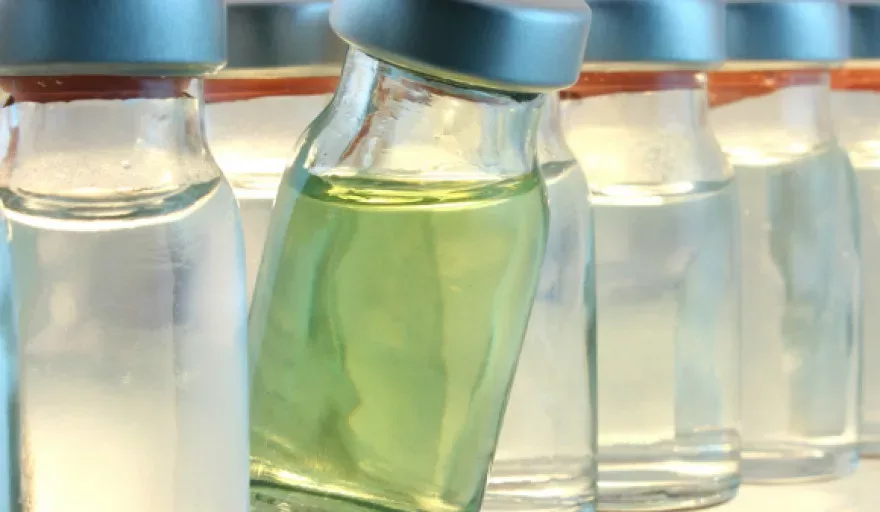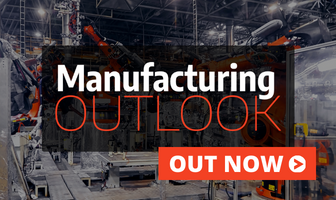The Danish drug maker Novo Nordisk has committed approximately $78 million to build an insulin manufacturing plant in Iran.
With around nine percent of the population suffering from diabetes, Iran represents a huge market for insulin. In fact, over the past few years the number of diabetic patients has been increasing at a CAGR of around 15-16 percent. This is according to Y.S. Shashidhar, Partner & Managing Director of Frost & Sullivan South Asia, Middle East & North Africa.
“Presently, around 65-70 percent of the insulin requirements are imported into Iran, so it makes absolute sense for manufacturers to explore setting local manufacturing facilities to cater to this huge market.
“Foreign entities should in fact explore tie ups with local manufacturing facilities and groups in order to gain access to the local distribution network. The government is also providing tax exemptions for setting up pharma units that can cater to the local demand as well as focus on export markets, as Iran is pushing to be a major player in the regional market,” said Shashidhar.
The proposed Novo Nordisk FlexPen plant seeks to answer this local demand, to avoid importation of insulin to the population. The Danish drug maker has committed approximately $78 million to build a manufacturing plant in Iran, after signing a Memorandum of Understanding with the regulatory body the Food and Drug Administration of the Islamic Republic of Iran.
The facility will take around five years to complete and it will be the first in the Middle East region for the Company. Moreover, it is set to be GMP compliant and create 160 jobs.
“Based on … the large potential of the local business coupled with increasing patient needs, we decided that it is worthwhile to make this investment in the country, rather than to continue to import our products,” a spokesperson for the Company said.
Insulin currently represents only 2.7 percent of the total pharma expenditure in Iran. The price advantage of domestic production vis-a-vis imports of insulin is almost 2.5 times, and this is also another reason for foreign companies to explore setting up local manufacturing facilities.
In line with this, the plant will target the local population first, to then target exports to cater to the regional demand.
While the investment in Iran is not linked to a greater expansion in the region from a local production point of view, the firm said it “will continue to increase investment into our Middle-East markets in a variety of ways to ensure we meet increasing patient demand in a sustainable way”.
“This will be done through initiatives such as healthcare professional and patient education projects, R&D investments and public-private partnerships for diabetes care capacity building. But historically, there have been issues in the region holding the firm back.
“Our most notable challenge in the Middle East, has been, and continues to be rapidly changing security situation across the region, which in Iran’s case has not been an issue,” said the Company.


































